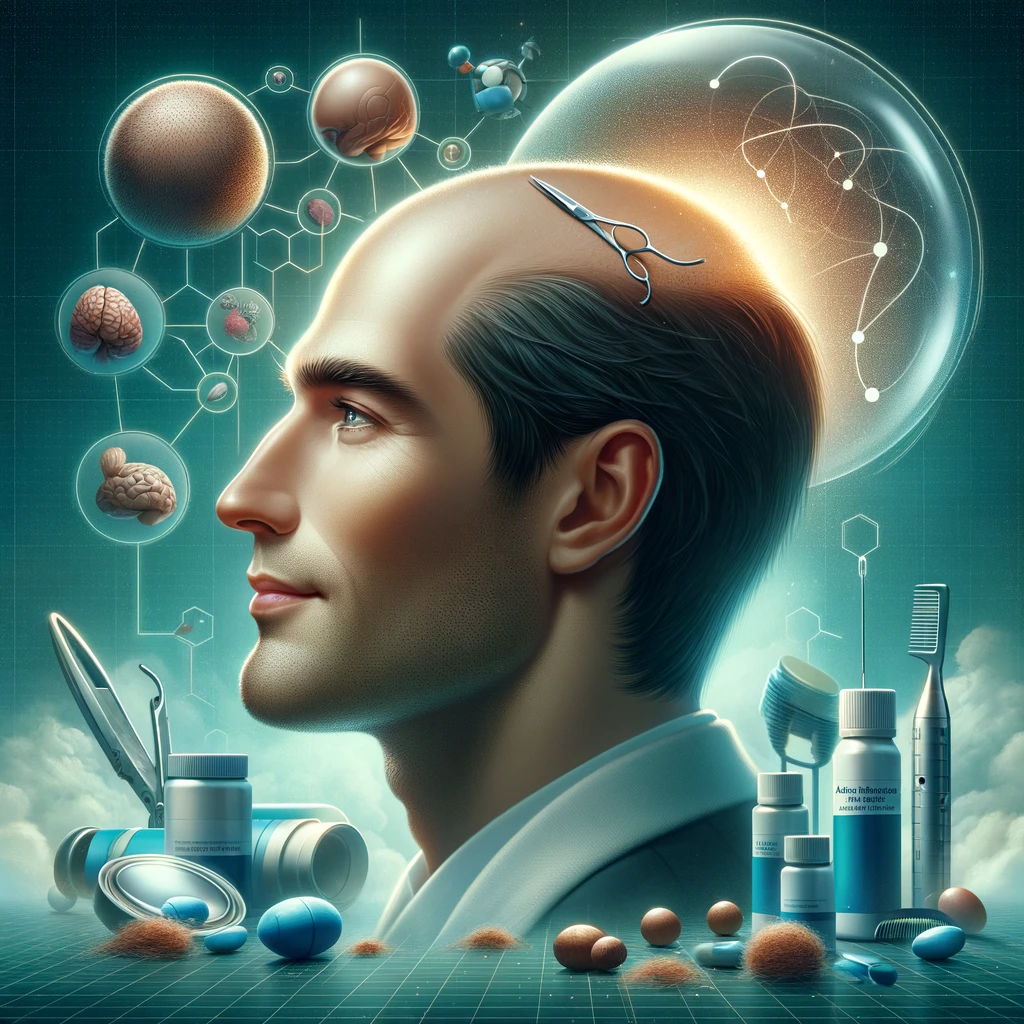Another Solution to Male Baldness
-
Blog
-
Add to favorites
-
Join our community in exploring insightful stories, tips, and experiences that inspire and inform. The iMedix Blog is your go-to destination for connecting with others and enriching your health knowledge.
-
Questions:372
-

Majority of the people do not perceive male baldness as an issue. Not so to the affected men. Well, a research by experts indicates that 90% of the affected males presenting with baldness in their youthful years will go to great lengths to hide this biological change. Unfortunately, the lack of a cure and the limited treatment options in place to address this male issue have only served to exacerbate the problem among the male folks. Luckily, the latest news from the scientific committee indicate that this problem could be a distant memory. The discovery of Dutasteride, Finastride and Dunasteride promises to be a game changer.
In order to understand this breathtaking development, understanding the mechanism of hair loss is essential. Hair growth is achieved among males with the help of Dihydrotestosterone (5α-Dihydrotestosterone) – DHT. 5α-reductase is the enzyme responsible for producing DHT in the hair follicles. Consequentially, loss of hair is mainly influenced by alterations in the metabolism of androgens in the body in which case, men display higher alterations compared to women leading to baldness. Dihydrotestosterone thus plays a significant role in baldness.
Male baldness is also called androgenic alopecia or androgenetic alopecia, and it occurs due to the sensitivity of the hair follicles to the Dihydrotestosterone. The most sensitive part of the follicles is the dermal papilla which causes hair to grow. With the division of the dermal papilla cells comes new hair follicles. This papilla has a direct access to the blood capillaries of the skin where it obtains important nutrients for hair growth. However, the entrance of DHT in the dermal papilla undermines uptake of essential nutrients necessary for hair growth. The discovery of the drugs to solve this problem, which has hit media outlets, is thus, noteworthy.
Drugs such as Dutasteride, Finastride and Dunasteride have recently been tested and approved to solve the male baldness issue. These drugs are referred to as 5α-reductase inhibitors. They function by inhibiting the function of 5α-Dihydrotestosterone thereby facilitating hair growth. Additionally, they prevent the miniaturization of hair, which refers to the sequential shrinkage of hair follicles. The miniaturization process involves the shrinkage of hair as it becomes fine, light and small until it comes to the vellus stage. Vellus hair is barely visible and it is what is referred to as baldness. DHT is thus responsible for the miniaturization process.
However, the use of these baldness remedies comes with their own share of side effects including potential male breast cancer, erectile dysfunction and low libido. Anecdotal evidence also link the use of these baldness remedies with incidences and episodes of depression and dementia.
Conclusively, this breakthrough discovery holds promise to an age old male issue but its benefits should be weighed against the risk it brings.
Please login or register to post a comment